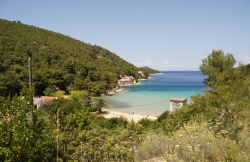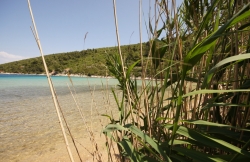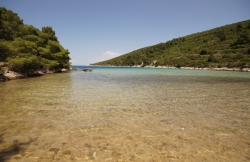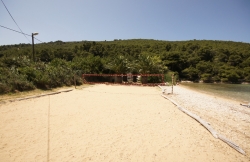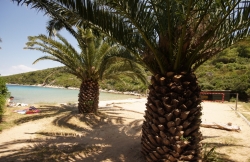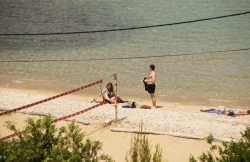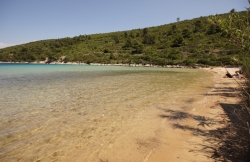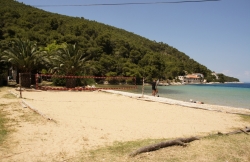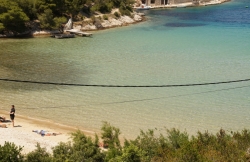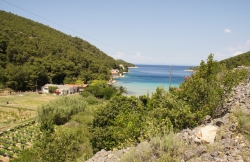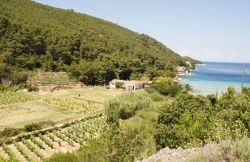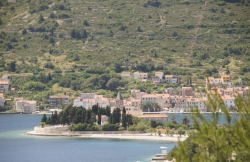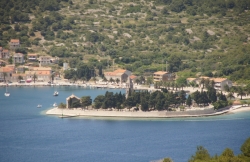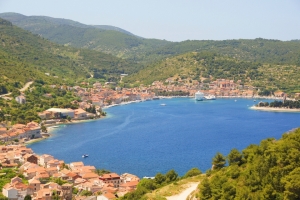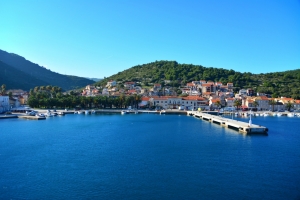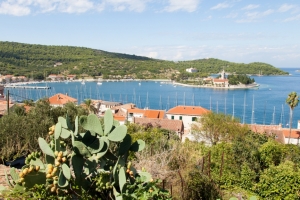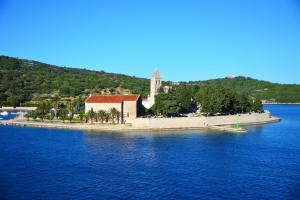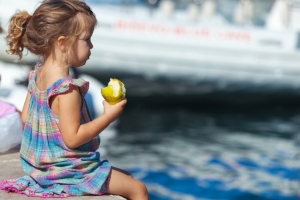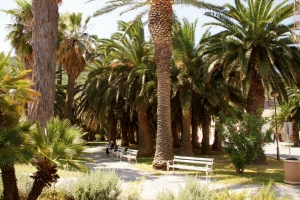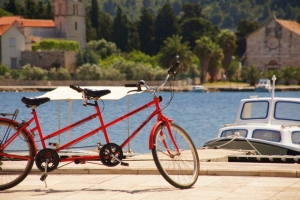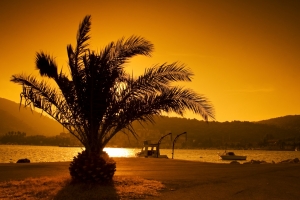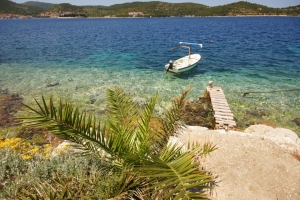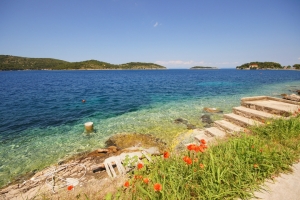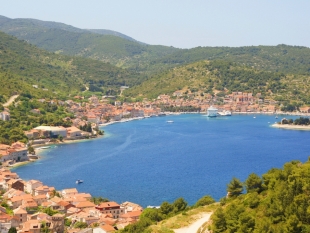


In a large, deeply cut bay on the north coast of the island of Vis is the eponymous capital of the isle. The well-protected harbor with ferries to Split and Ancona (Italy) is the junction point to the "outside world". Until 1991, the island was hidden from the world due to it being a closed military zone. As a consequence, tourism has only been developing here for the past two decades, but very quickly. It didn't take long for sailors and boat owners to discover the island of Vis' magnificent coastline and its secluded bays. Later, they were followed by bathing visitors and vacationers seeking rest. The late opening of the island to the public is one of the reasons why the town of Vis today has just 1,900 inhabitants. This is, however, already a major part of the total island population, which is comprised of only 3,500 people.
The town of Vis was, although, already developing long before 1991. The Neolithic people were the first to settle on the island, followed by the Illyrians and Greeks, who expanded Vis into a colonial power. Some colonies included Split (Stobrec) and Trogir (Tragurion). With the support of an Illyrian pirate queen, the Romans won the island in 46 BC. This victory was then followed by the Byzantines, the Venetians, the French, the Austrians and later the Croats. In the 16th century, the city was formed from the districts of Mala Banda, Luka and Kut, which were all located in the large Viski Zaljev Bay. In the 19th century, under the rule of the Austrian-Hungarian Empire, Vis flourished, especially in regards to wine production. Since ancient times, the inhabitants have traditionally worked as wine farmers. Besides fishing, the sale of wines has been one of the main sources of income for quite some time now. Today, after the "forbidden island" was opened, this wine and fishing village has become a tourist destination.
There are historic sights to see around the entire city area. The district of Kut in the southeast is characterized by impressive mansions and summer homes that were built by wealthy families from the island of Hvar. One of the villas was inhabited by Peter Hektorovic, an eminent poet. In Kut one can also visit
the Gothic church of Saint Cyprian and Justina, which can be reached by climbing the wide stone steps. Built in the 15th century, this church's bell tower and its ornamental facade are very impressive. On the Plokata od cvjeca Square, you will find another city villa from the Andreucic family. They let their ownership be known through a defensive tower. The narrow streets will lead you west to the district of Luka. Here, you will not only pass by palm tree-surrounded villas, but also by the Fortress of Baterija, a structure built by the Austrians. It is the largest fortress on the island. This massive complex, however, did not help against the strong English at the end of the 18th century when Napoleon had to give up the island. Since the history of Vis is so comprehensive, a visit to the city museum in the Fortress of Baterija is worthwhile.
Vis is a historical, culturally interesting and lively coastal town that offers its visitors a variety of opportunities for leisure activities: theater performances in the courtyard of the fortress, tours of the Church of the Assumption of Our Lady or the Franciscan Monastery on the Prilovo Peninsula, as well as various events (including Carnival, Sailing Regatta). In the meanwhile, there are also taverns and restaurants serving up typical island dishes- like grilled sardines. This fish specialty must be tried with a glass of local wine.
closeBeaches
Location
Why Best of Croatia ?
- Best Price Guaranteed
- No booking fees
- Thousands of satisfied customers
- Numerous objects with direct-booking option
- Intelligent search function with numerous useful filter options
- Extensive travel guide with lots of pictures and videos over 500 pages
- Detailed beach guide with more than 700 beaches







 Best of Croatia
Best of Croatia









